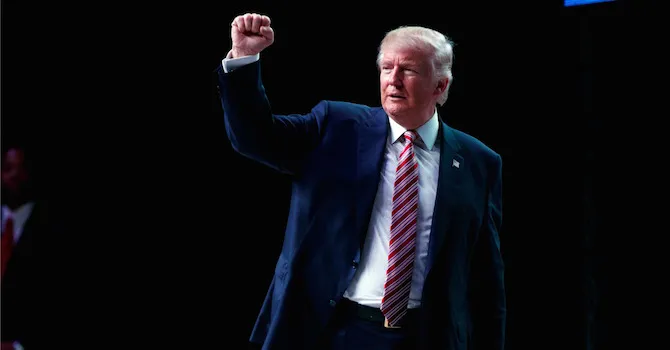In the early 1960s, Bob Dylan, who was just awarded the Nobel Prize in Literature, asked his listeners to “… admit that the waters/Around you have grown/And accept it that soon you be drenched to the bone/If your time to you is worth savin’/Then you better start swimmin’ or you’ll sink like a stone/For the times they are a-changin.’ ”

It was good advice in that tumultuous era. It is equally applicable to the current environment in which mass market retailers find themselves.
One doesn’t have to look hard to find evidence of an industry in flux. Amazon, which has rewritten the rules for retailing more thoroughly than any company since Walmart, continues to disrupt the established order.
The Wall Street Journal, citing unnamed sources close to Amazon, recently reported that the company intends to open what the newspaper characterized as convenience stores in an attempt to extend its reach in the grocery business.
Known within the company as Project Como, the initiative involves experimental small-scale retail outlets that will carry meat, produce, dairy and other perishable products, which many consumers shy away from ordering on Amazon.com, as well as designating consumer packaged goods for home delivery.
In addition, the Journal says, the company plans to develop locations where customers can pick up groceries and other items purchased online without leaving their car.
The new options will, at first, be limited to people who have signed up for Amazon Fresh, which provides same-day grocery delivery. To attract more users to the service, the company has cut the $299 a year cost to $15 a month for customers who take advantage of Amazon’s Prime delivery program, which carries an annual fee of $99.

These moves should remove any doubt about the company’s determination to secure a much greater share of the nation’s $650 billion a year in food and beverage sales. Amazon has plenty of room for growth in the still fragmented sector, where its market share is well under 2%. Supermarket operators and other retailers with a major stake in the grocery business — including Walmart and Costco — need to pay close attention to how consumers respond to the new store format and curbside pickup at Amazon.
The experiment could, however, have implications for other trade classes, including chain drug stores. It’s possible to imagine Amazon or another disruptive innovator developing a store concept tightly focused on pharmacy and a few other health and beauty products geared toward immediate use. The balance of the traditional drug store merchandise mix would be handled through online ordering and home delivery.
Another development that should give traditional brick-and-mortar retailers pause is the increasing inclination of CPG suppliers, in a wide range of categories, to sell their products directly to consumers. Google, for instance, plans to operate a pop-up store during the holiday season in New York City to feature its own technology products. Arch-rival Apple already operates a tremulously successful chain of stores across the country.
Capitalizing on another model, Unilever this summer paid $1 billion for Dollar Shave Club, which sells razors, blades and related products to customers via subscription. And Procter & Gamble offers similar services with the Gillette Shave Club and the Tide Wash Club.
The best among the traditional brick-and-mortar retailers understand that the world is changing rapidly, and they are responding to the new realities with significant innovations of their own.
Target is accelerating the rollout of its flexible-format stores, which are intended to better cater to the needs of local communities with a merchandise mix and presentation tailored to individual neighborhoods. Walmart is ramping up its own curbside pickup service for groceries, which is now available at some 600 locations and is free to customers. And CVS Pharmacy is honing a similar service in the drug store channel.
The ability to adapt exemplified by those companies will have to become a core competency for all brick-and-mortar retailers if they want to remain competitive and stay in the game.







